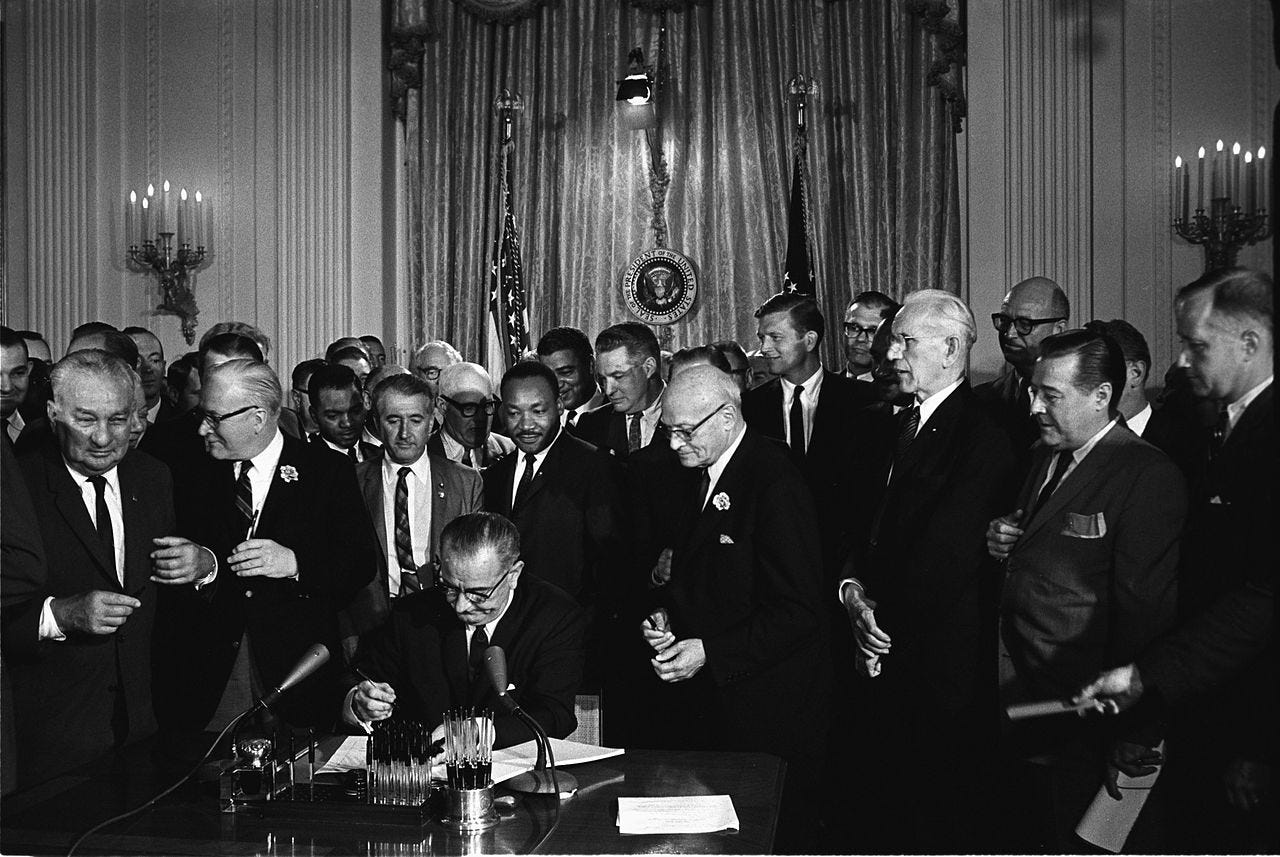
With the victories of the Civil Rights Movement, Jim Crow was disma…
Keep reading with a 7-day free trial
Subscribe to Things We Don't Talk About Like Politics & Religion to keep reading this post and get 7 days of free access to the full post archives.



